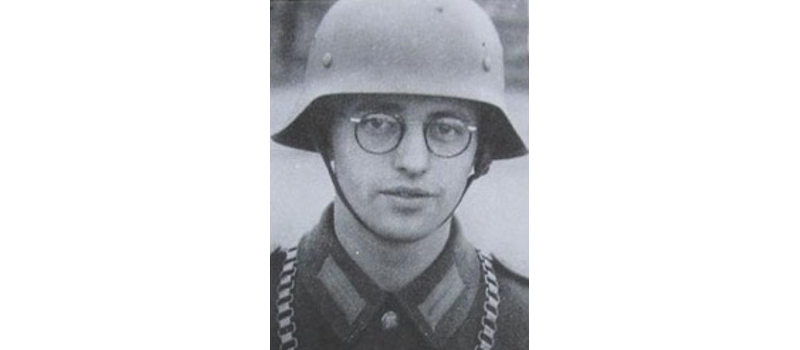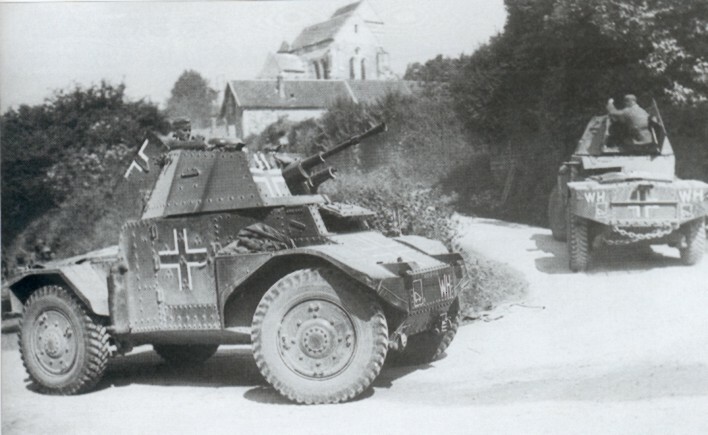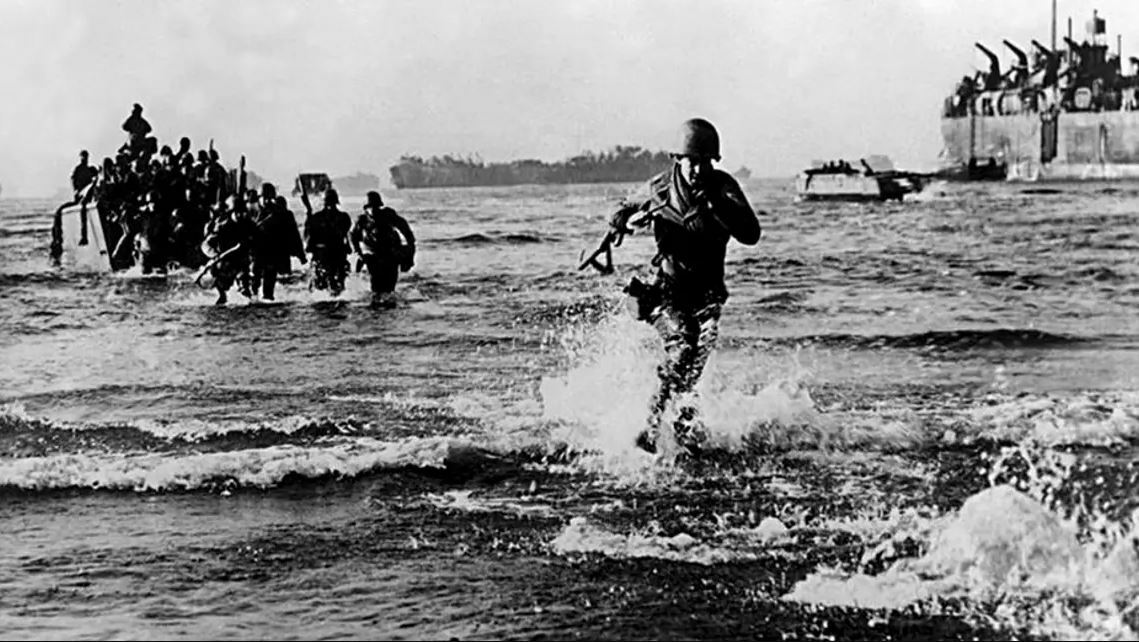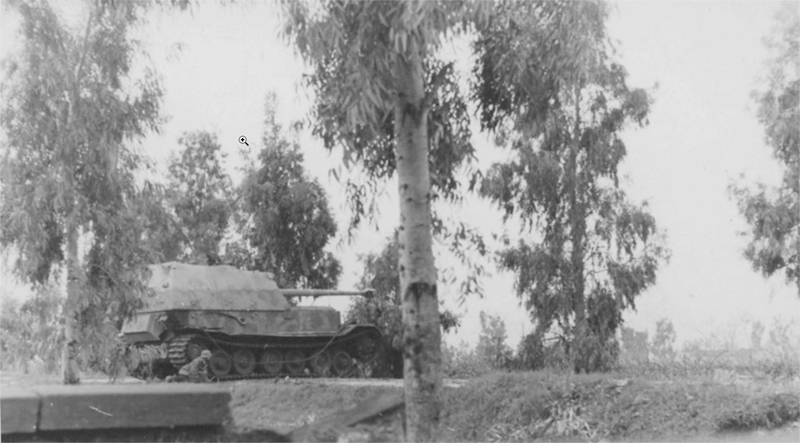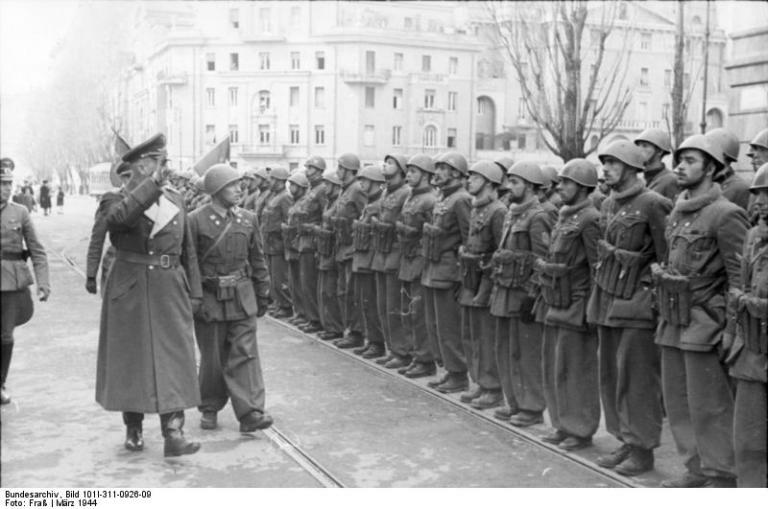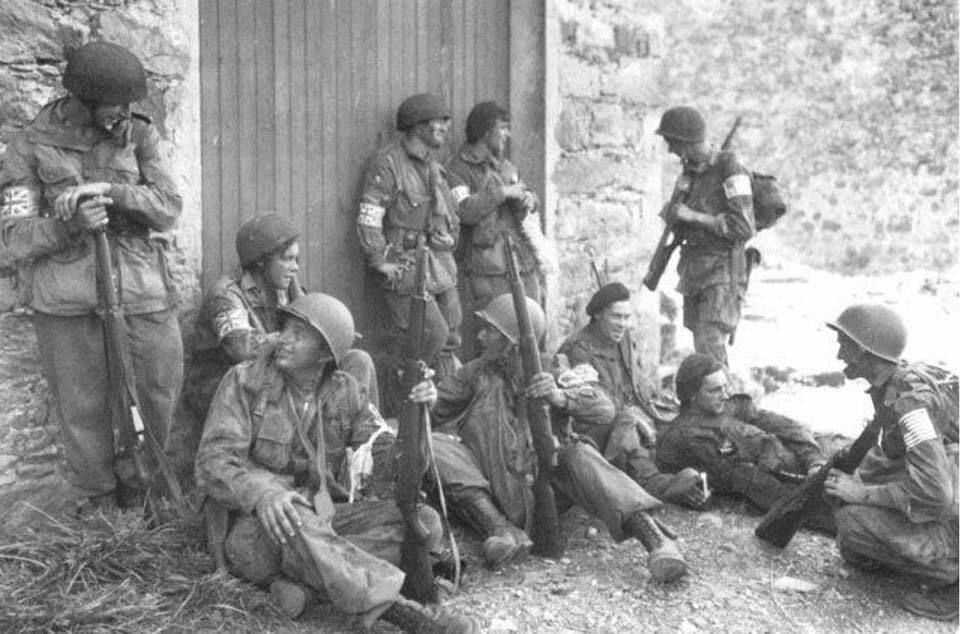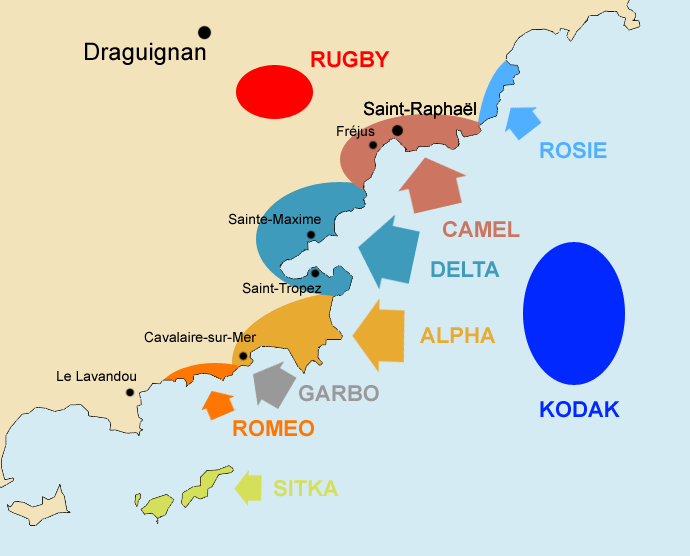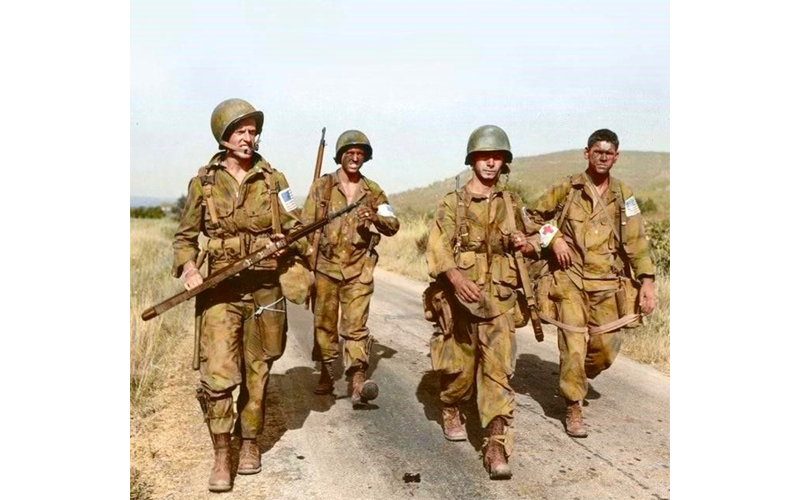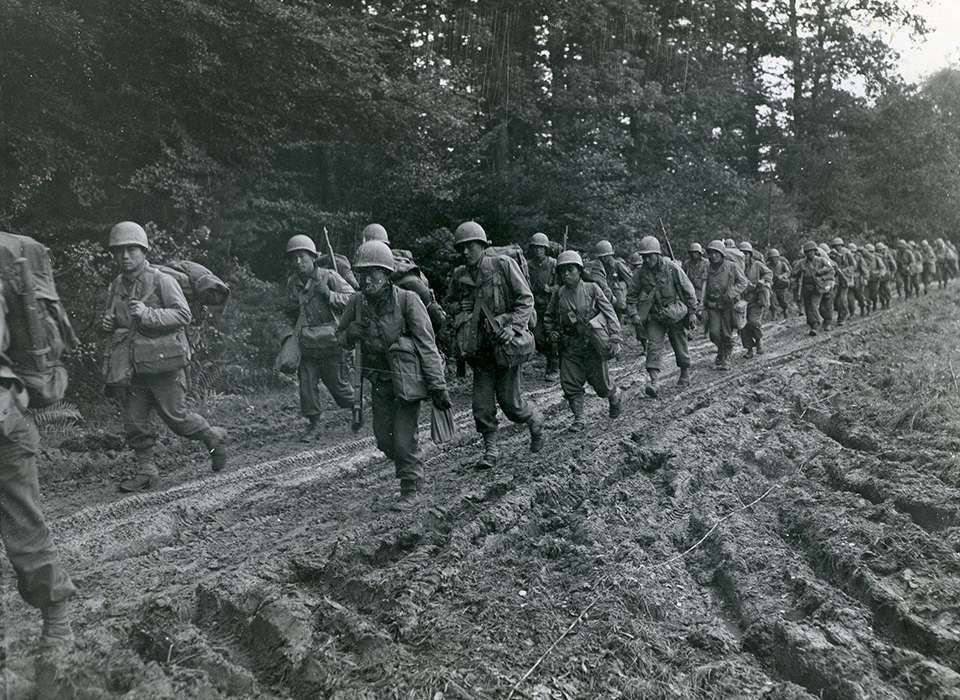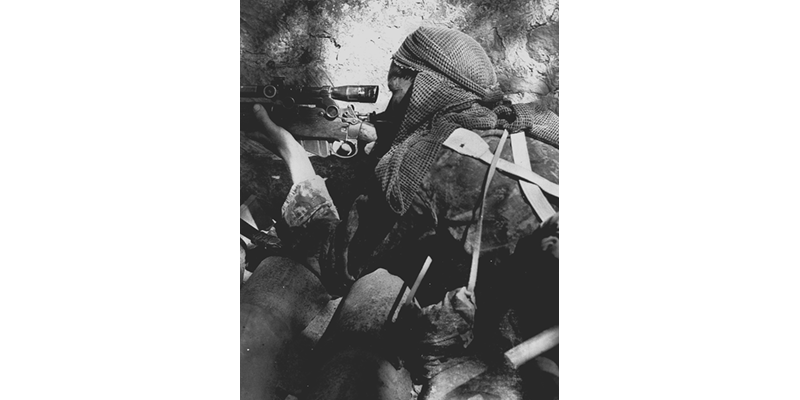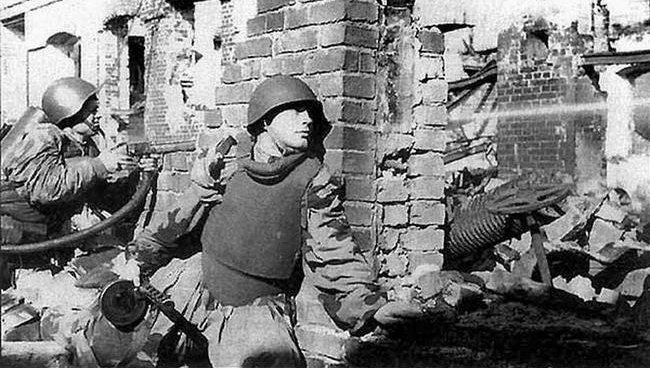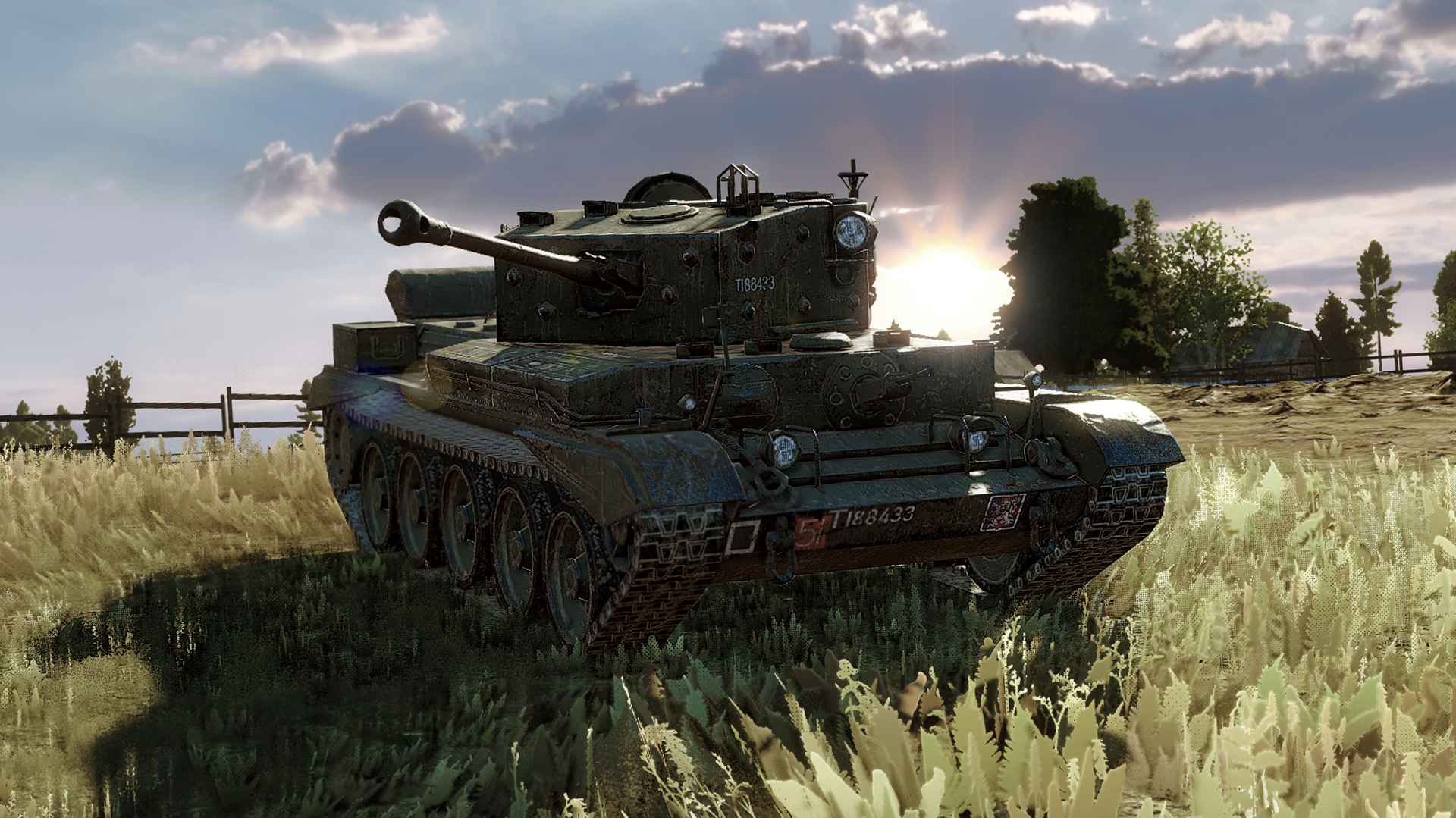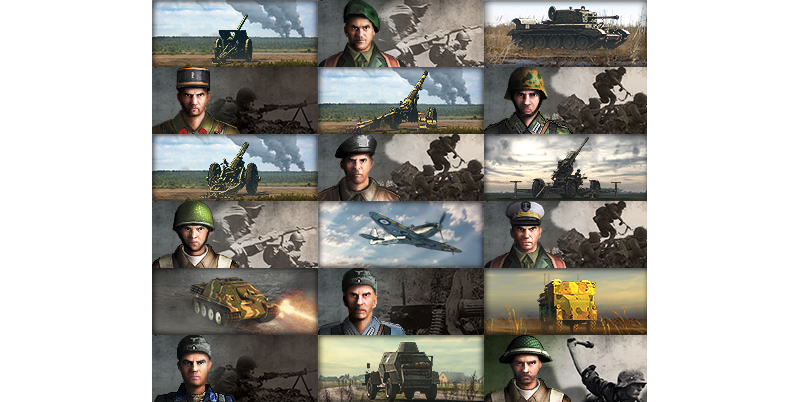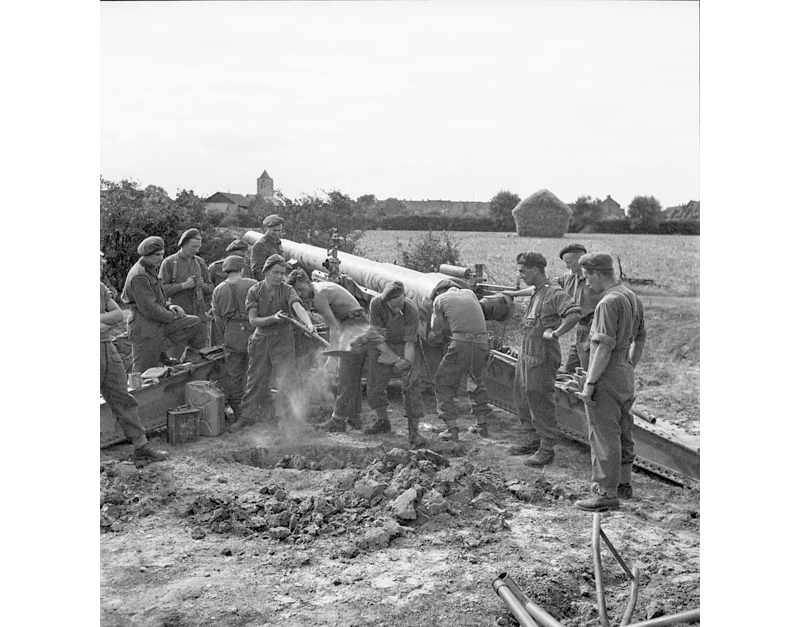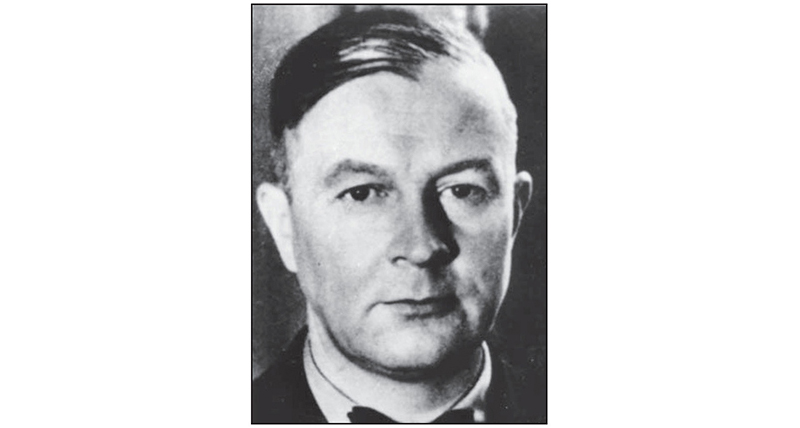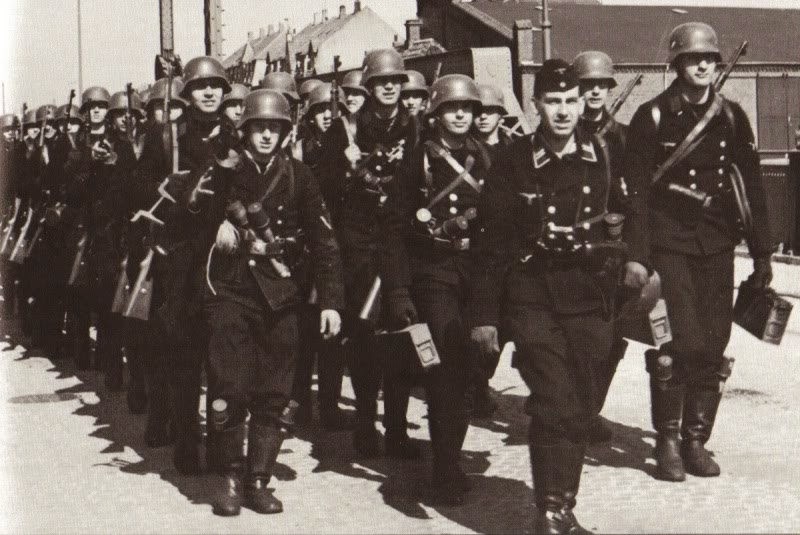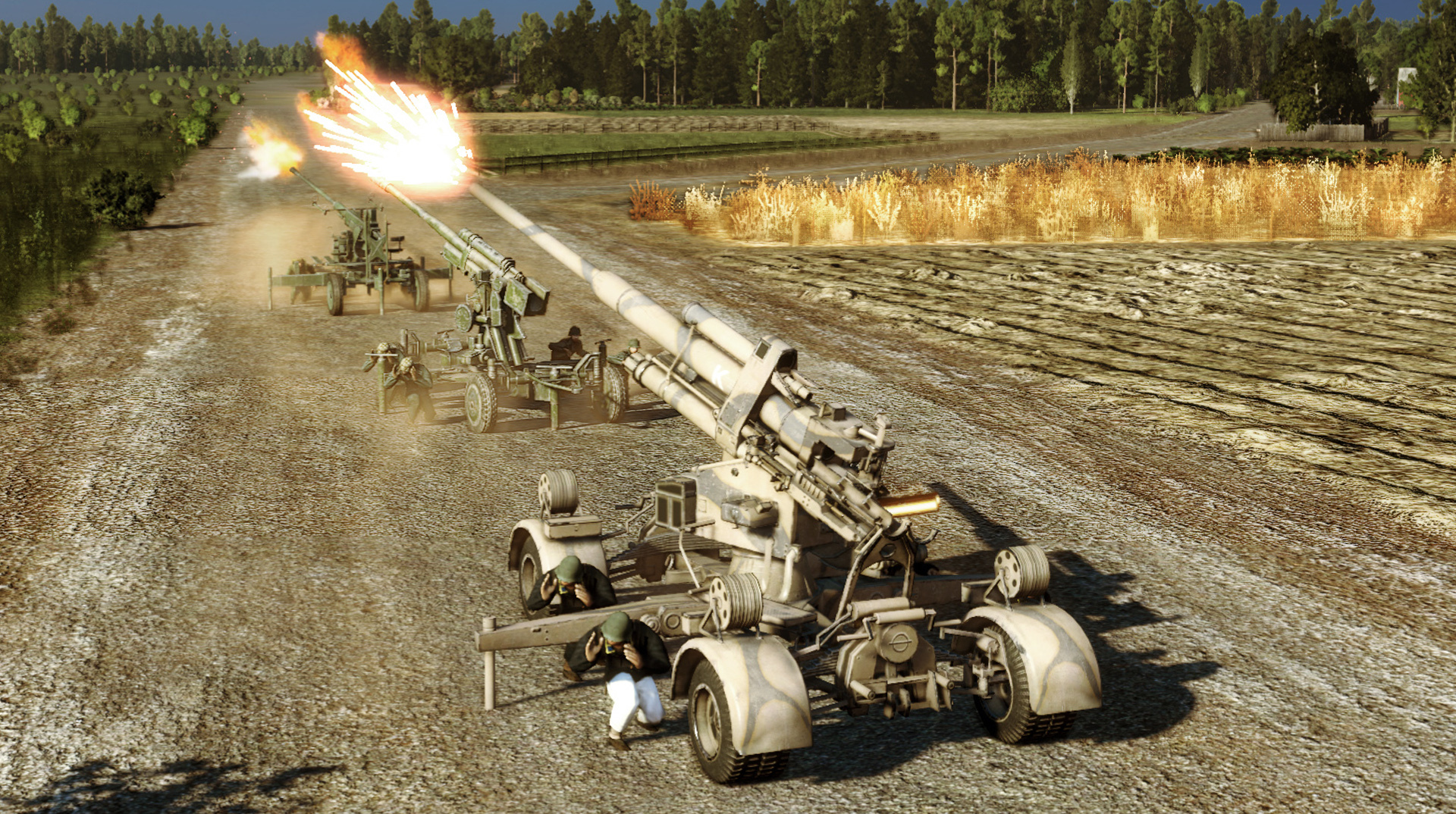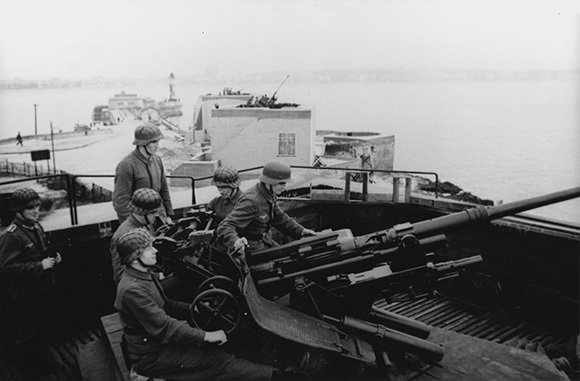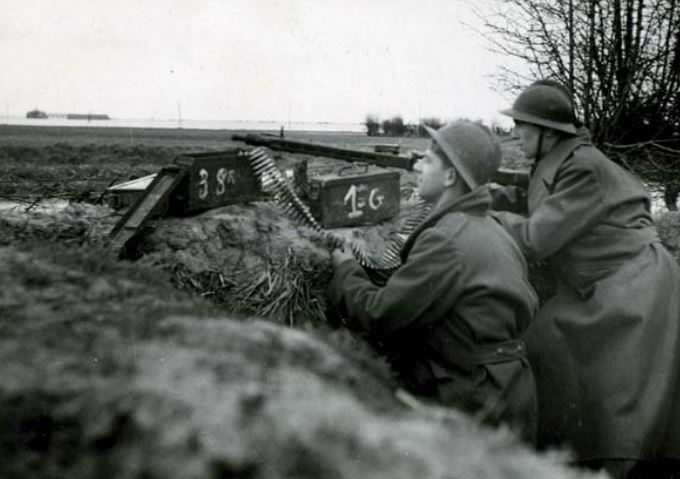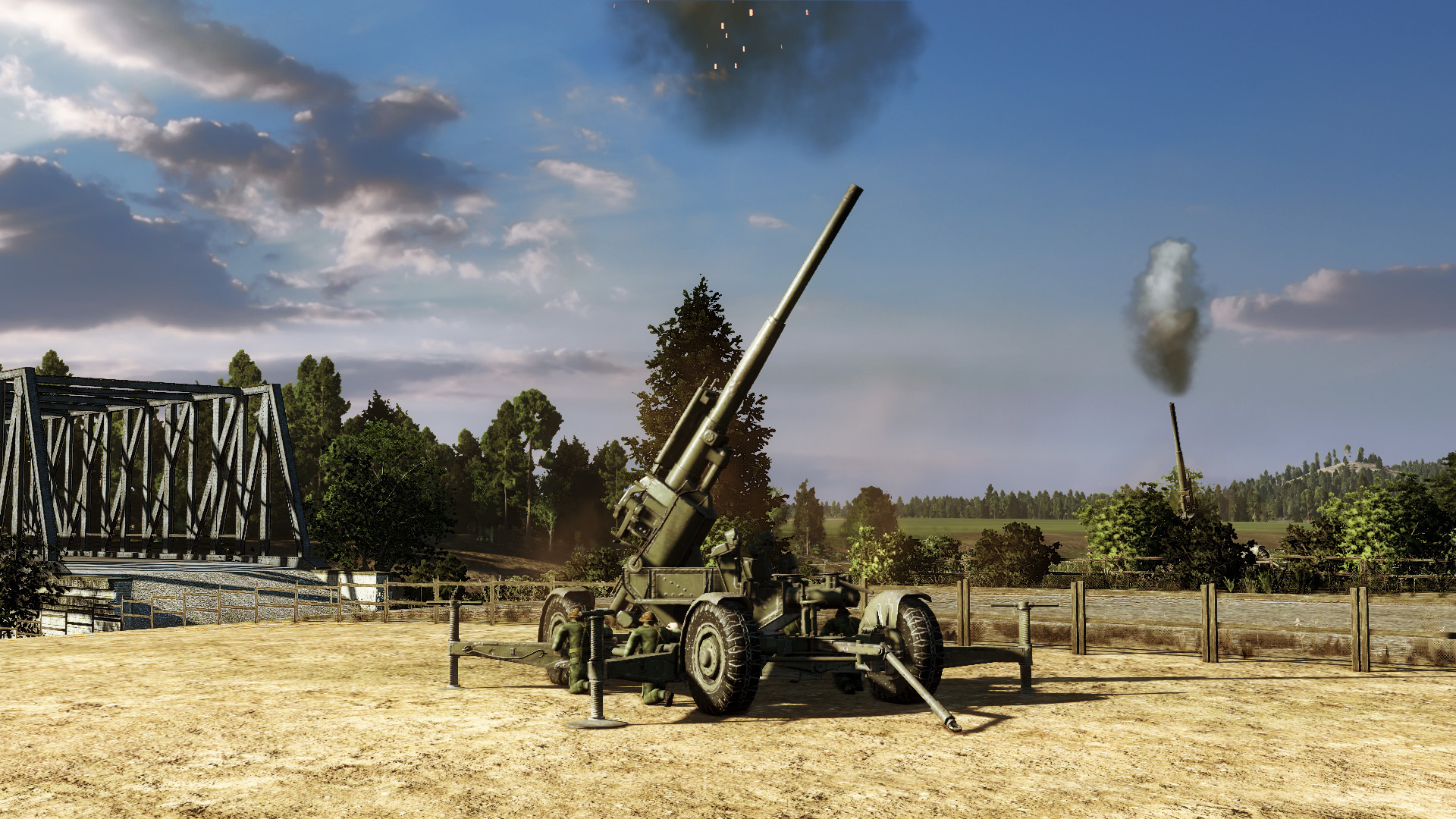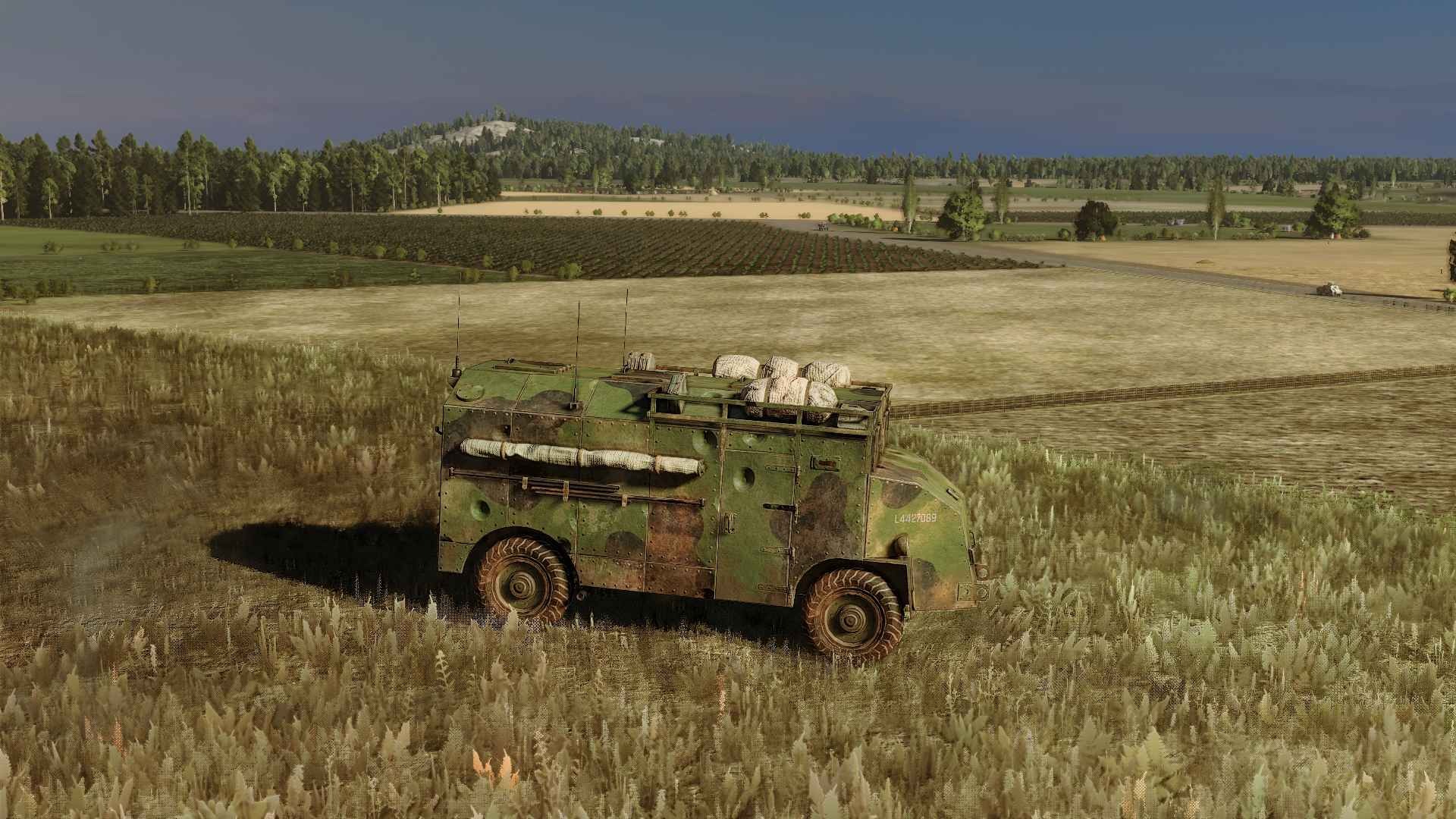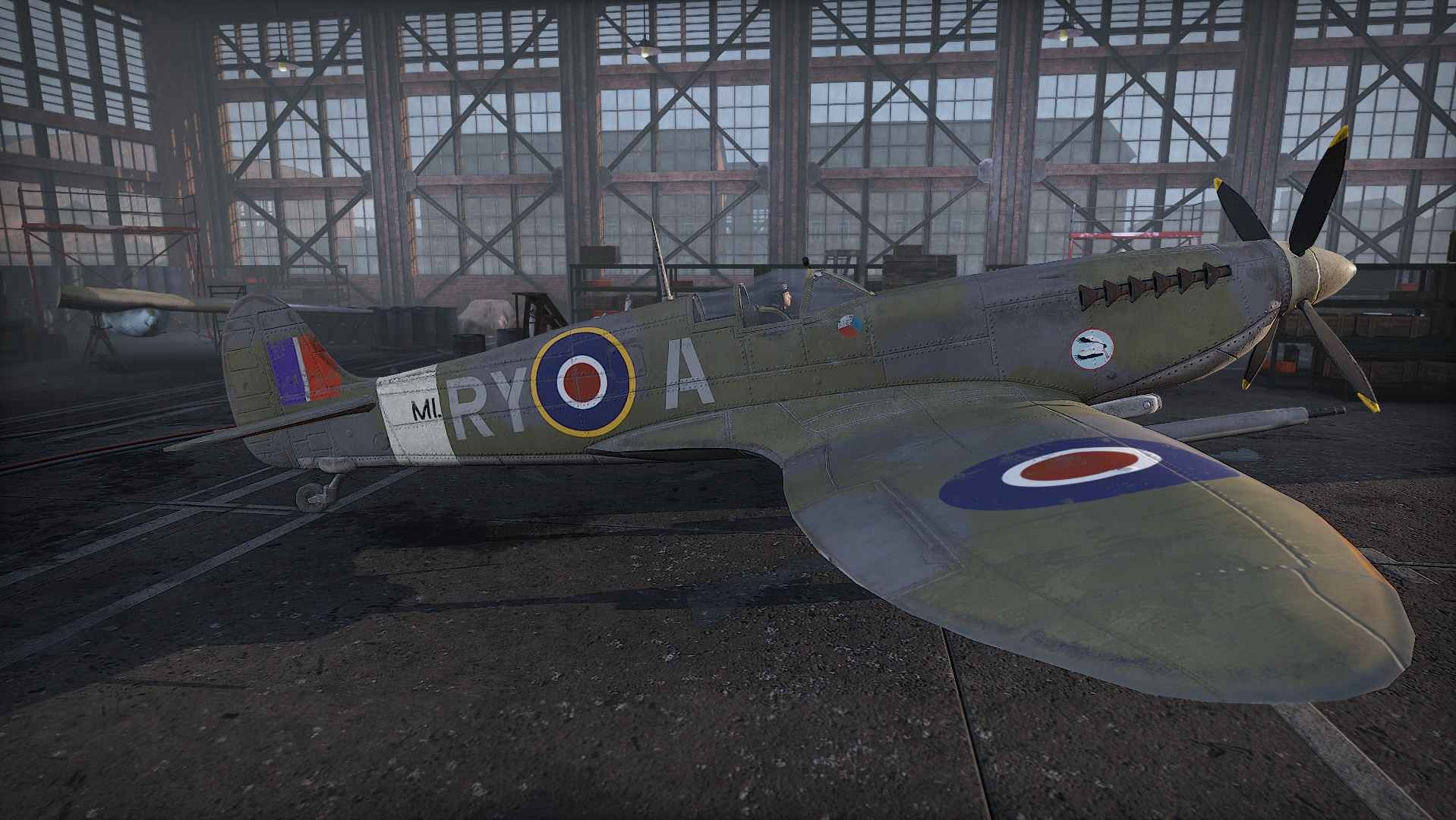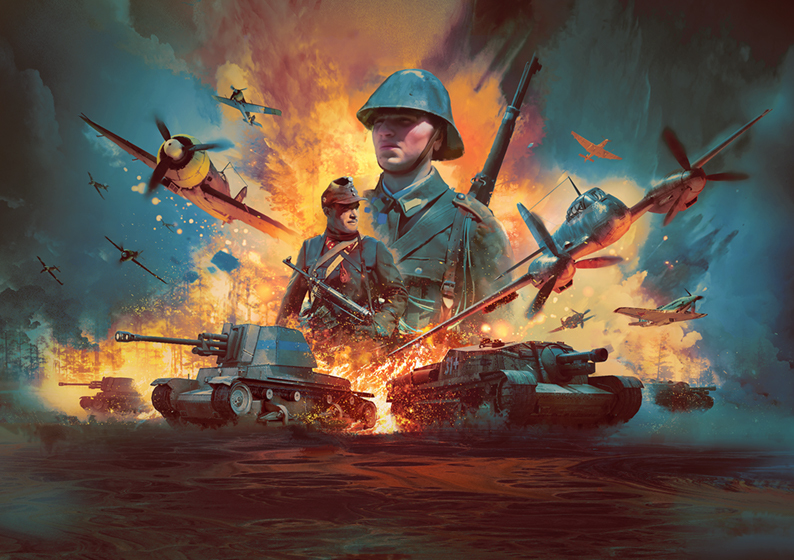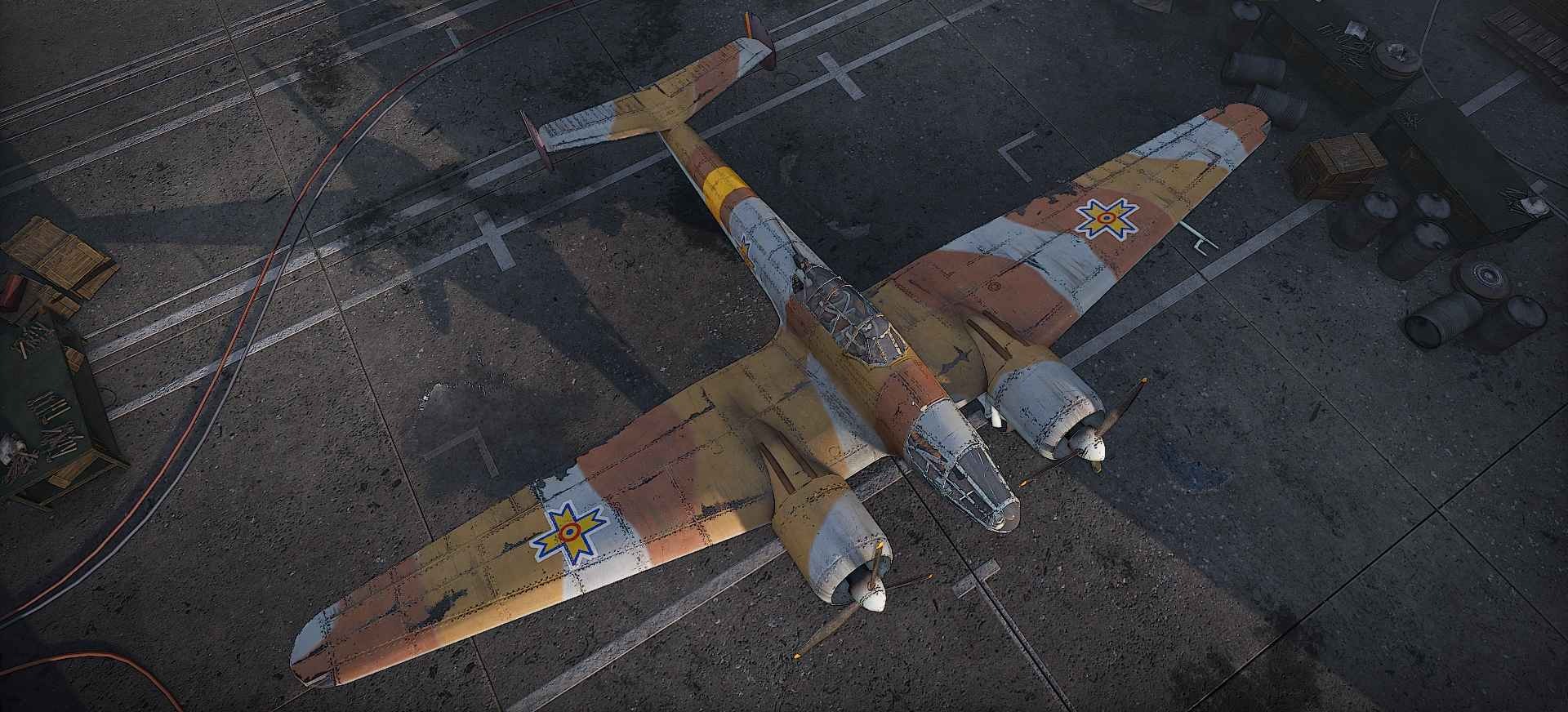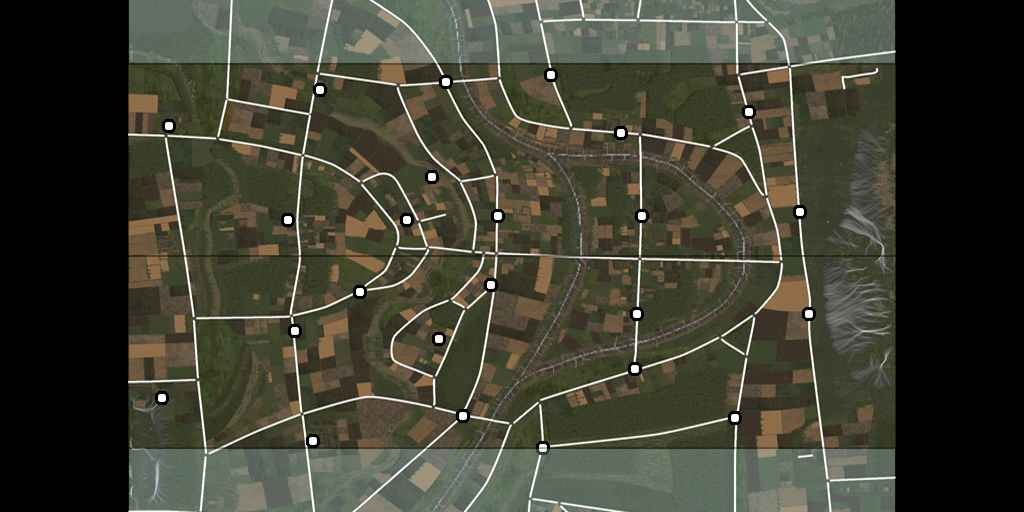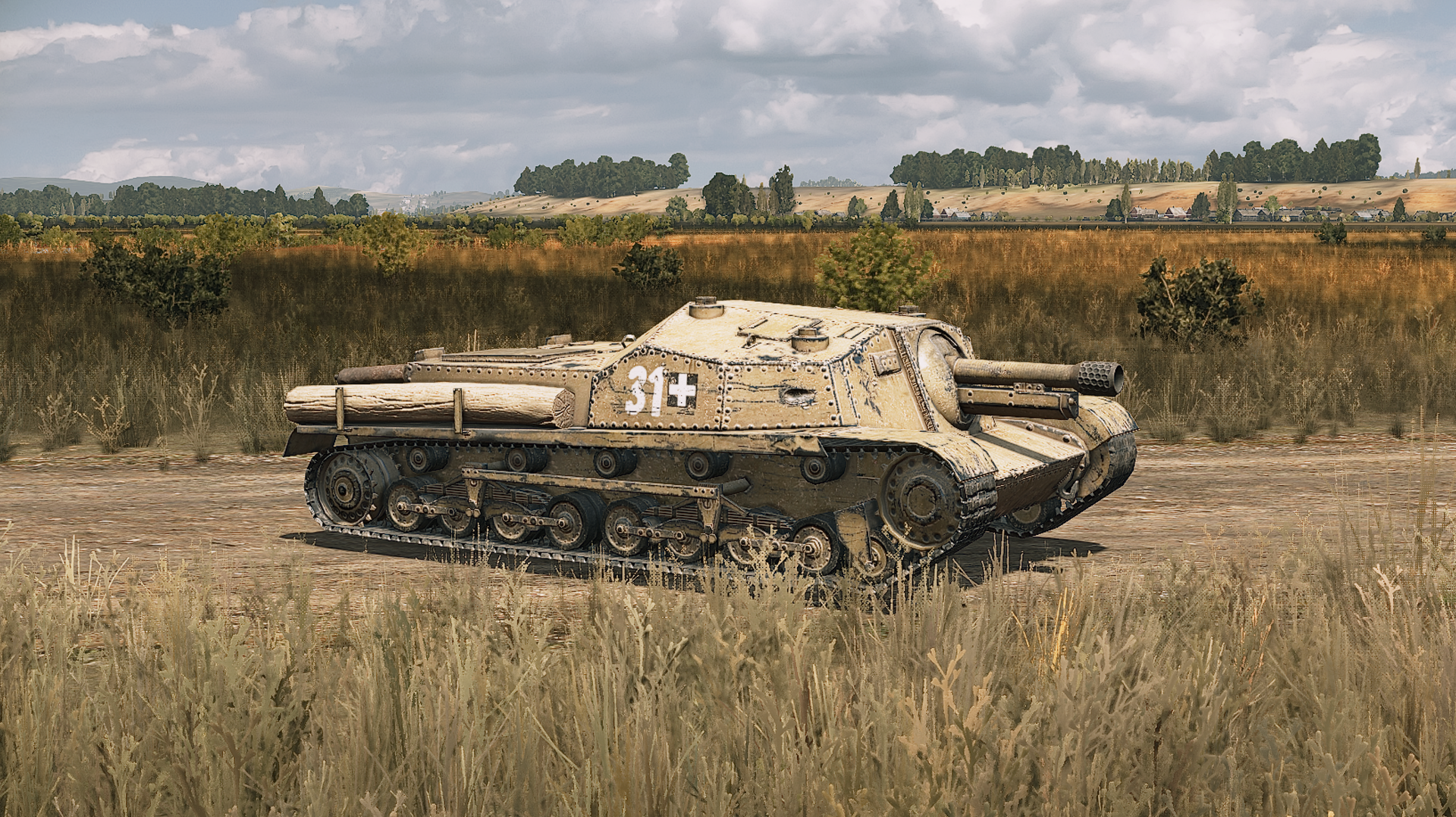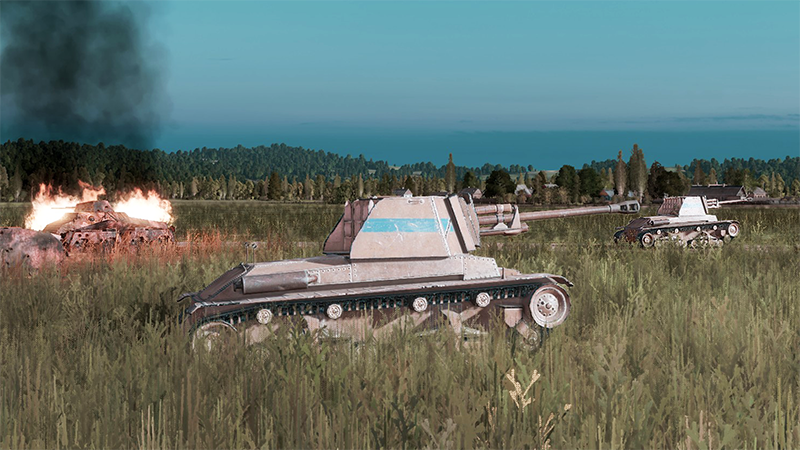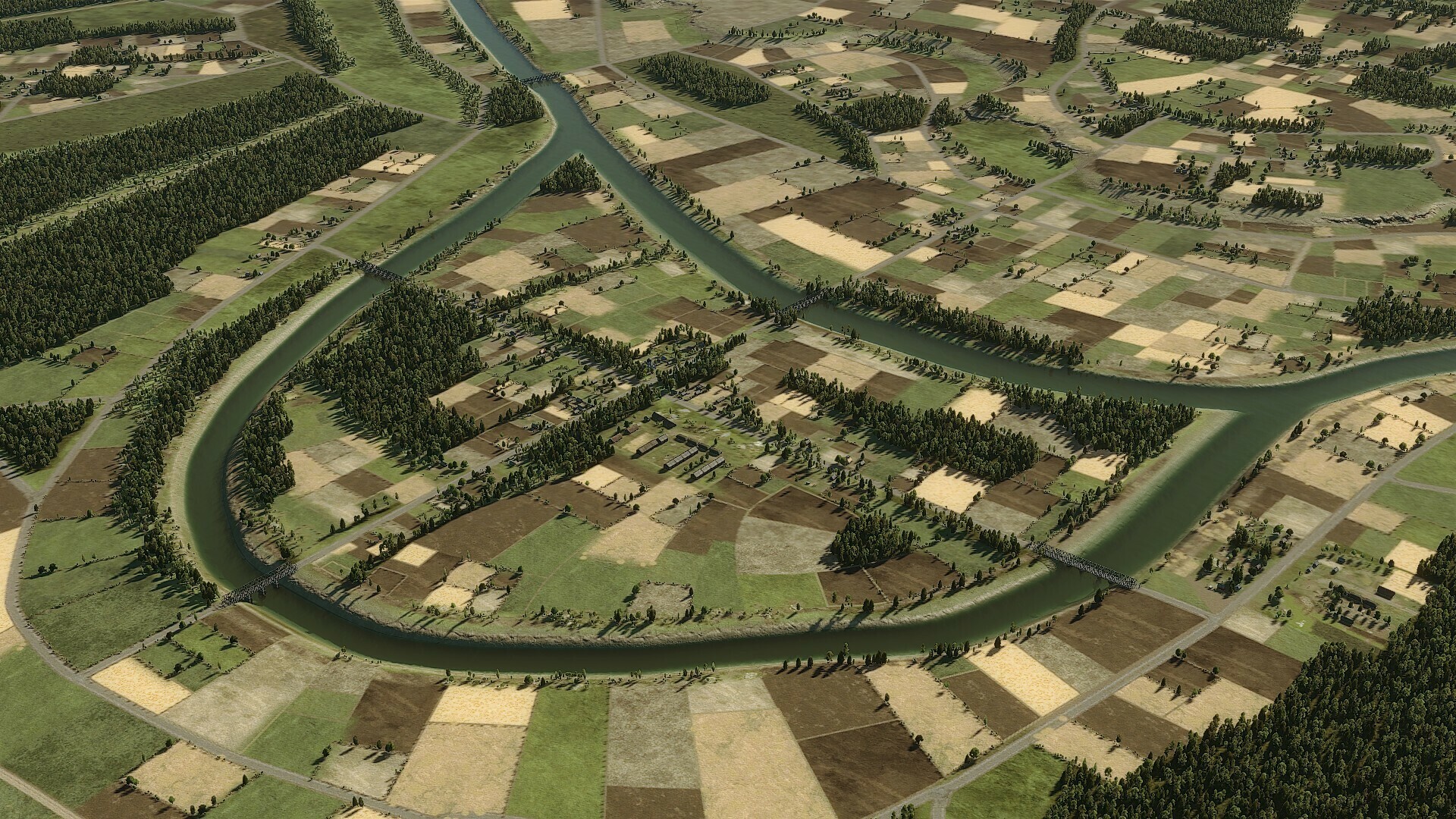
Mar 10, 2023
Steel Division 2 - [EUG] Gal Marcel Bigeard
Hello commander!
This DevBlog was delayed by 24 hours due to the release of WARNO's latest milestone, but don't worry, we haven't forgotten you ...
Following on our previous Versus DevBlog from last week, we will focus today on two more new divisions from the upcoming Steel Division 2: Men of Steel expansion: the British 1st Special Service Brigade (or 1st SSB), a darling division to our SD:44 veterans, against the German-Dutch Kampfgruppe von Tettau.
But first, some news from Nemesis: Siege of Dunkirk!
As you may be aware, a beta version was already being tested and streamed by the Strike Team for some times. The DLC is now complete, and a release date has been set for ... drum roll ... March 16th. That is Thursday next week!

You can already check its Steam page here:
https://store.steampowered.com/app/2155260/Steel_Division_2__Nemesis_6__Siege_of_Dunkirk
Before we continue, a little reminder about Steel Division 2: Men of Steel. The next major expansion will not focus on a specific theatre of war, but rather put the spotlight on a number of very interesting fighting formations from all across warring Europe.
Steel Division 2: Men of Steel will offer:
Today, we will detail the elite British 1st Special Service Brigade (1st SSB a.k.a. Commando Brigade), which landed on Sword Beach on D-Day, and the German-Dutch Kampfgruppe von Tettau, a scratch-built force which played a pivotal role in the failure of the British airborne assault on Arnhem during Operation Market Garden.
Honor to the veterans ... and we are not just referring to the brigade's combat experience. Steel Division: Normandy '44's seasoned players will remember this battlegroup fondly, since it first appeared then!
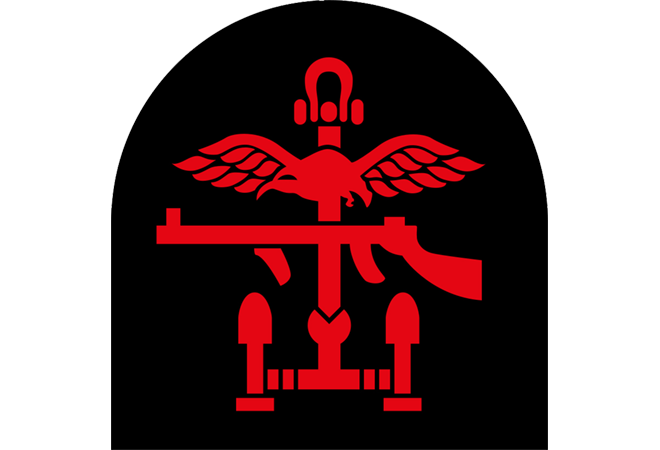
Birth of the Commandos
While Operation Dynamo, the evacuation of the British army from the beaches of Dunkirk in 1940, was deemed a success, it saved the men but not their equipment. Consequently, Britain was left with barely no heavy weaponry and no way to return to continental Europe before long. Yet, in order to keep the Germans under pressure nonetheless, a new type of unit was created: the Commandos.
Born from the mind of spymaster Lt-Colonel Dudley Clarke (you know, that cross-dressing colonel recently depicted in Rogue Heroes, who also invented the SAS) and inspired by the Boer Kommandos, they were meant to bring the war in enemy territory and develop a "reign a terror" (according to Churchill himself!) by hitting fast and hard "then run to fight another day".
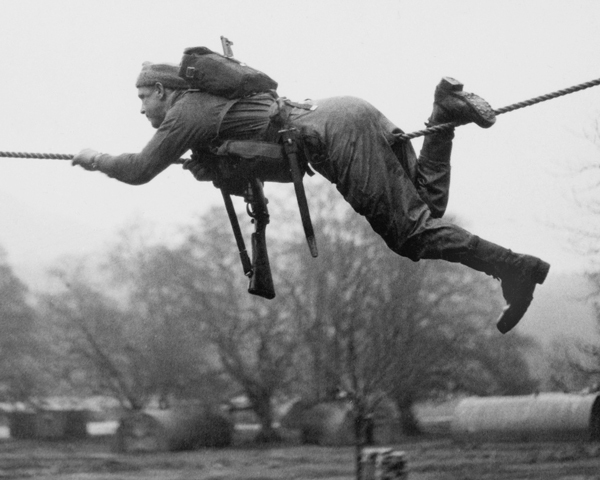
By the end of 1940, about 2.000 men had been recruited from every branch of the British armed forces as well as foreign volunteers, by ruthlessly screening them and keeping only the fittest and most motivated. For the next two years, they would lead daring raids all along continental Europe's coasts, especially Norway and France, culminating with Operation Chariot.
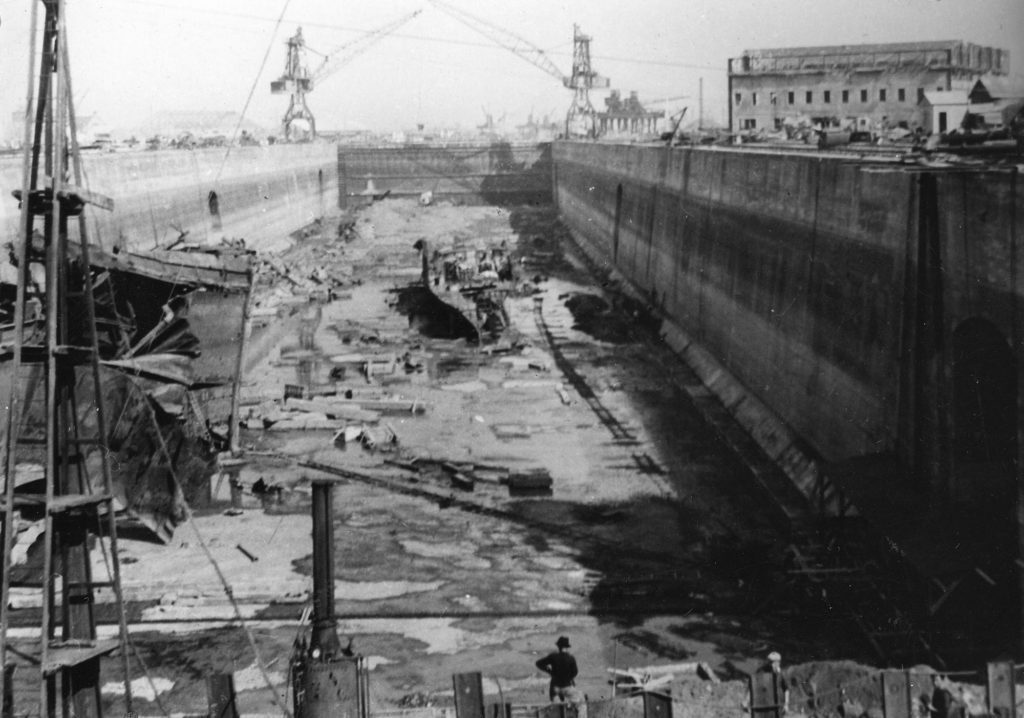
But so successful were they that the Germans started reinforcing every inch of the Atlantic Wall, which was counter-productive when the planning of Operation Overlord had already started. Therefore, the commando raids stopped and the men were regrouped into an assault brigade, 1st SSB, with the intention of using them as shock troops in the upcoming landing in France.
D-Day …
On June 6th, 1944, D-Day, the Commando Brigade (as the men called themselves, hating the "SS" moniker attached to "Special Service") was to land on Sword Beach with the second assault wave. Leaving the 3rd Infantry Division to deal with the Germans there, its mission was to immediately secure Ouistreham, on the extreme left of the invasion force.
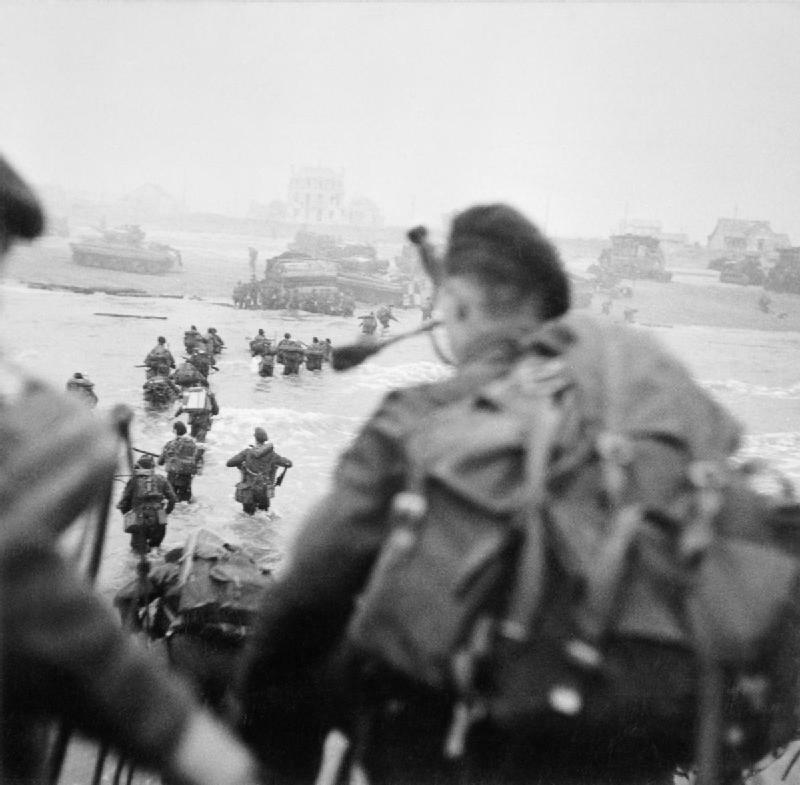
From there, it was to breach out of the beachhead in order to link up with and reinforce Major Howard's small force at Pegasus Bridge. Which it did, two minutes behind schedules, a delay for which the commando leader, Lord Lovat, duly apologized!
1st SSB was composed of the British 3, 4 & 6 Commando, Royal Marines 45 Commando and the French half of the 10 Inter-Allied Commando. Each commando will be represented ingame by a specific unit with its singularities. Small in size, the brigade was supported by a battery of Royal Marines' Centaurs as well as elements from 13/18th Hussars (Sherman DD & Stuart) & 80th Anti-Aircraft Brigade (SP, medium & heavy AA) which landed with the assault elements to secure the beach.
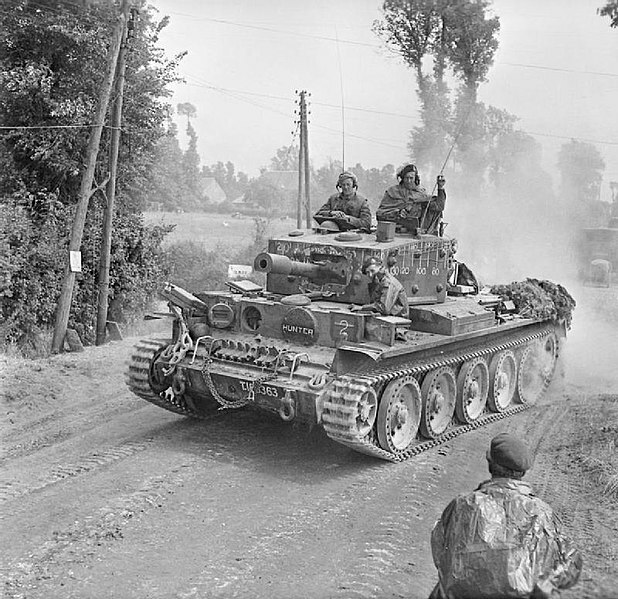
… and beyond
For the next three months after D-Day, 1st SSB will fight alongside the 6th Airborne Division on the left flank of the Allies’ front in Normandy.
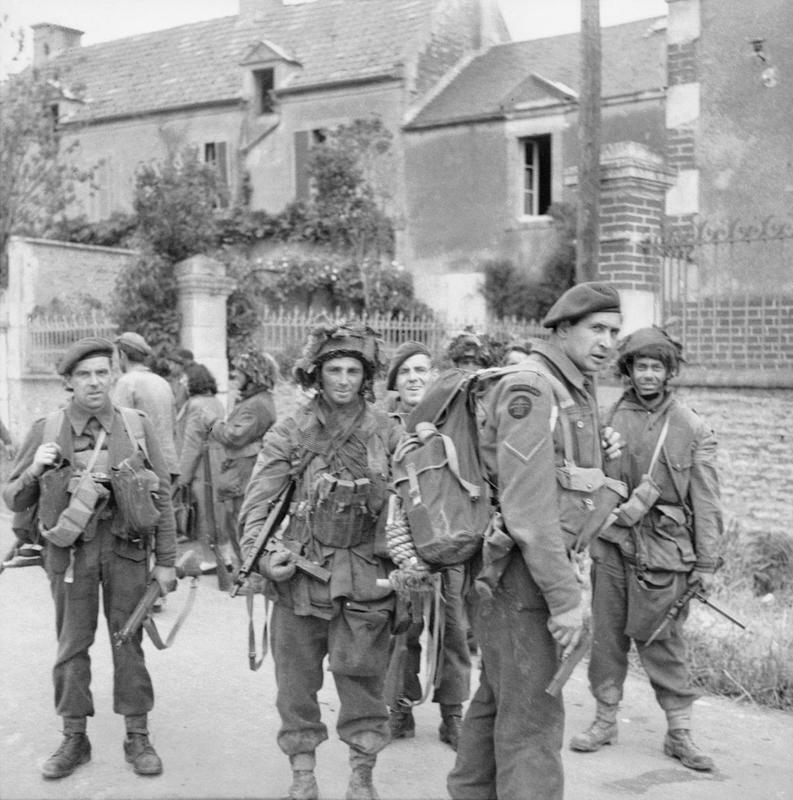
Pulled back in England to replenish its losses and retrain, it was sent back to the continent after the Battle of the Bulge, leading the way for British forces in several river assault crossings.
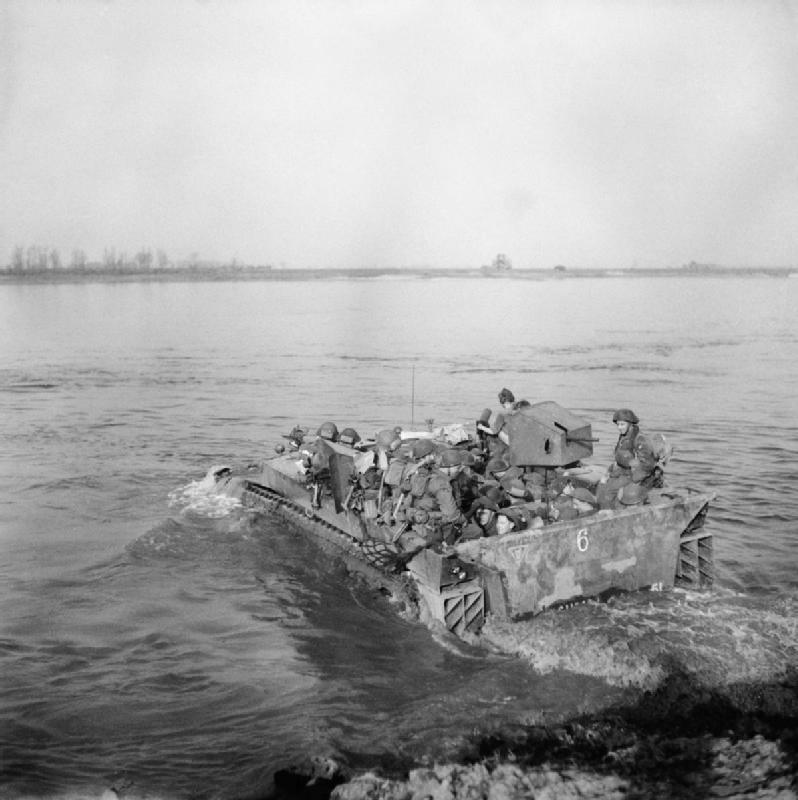
The German capitulation found the (now officially renamed) 1st Commando Brigade in Lauenburg … beyond the Elbe River which was supposed to be the separation line between Western & Soviet forces in Germany.
Market Garden
KG von Tettau's history is inextricably linked to Operation Market Garden. Launched on September 17th, 1944, this major Allied operation involved the air drop of two American & one British airborne divisions over the Netherlands, while an armored column attacked from the ground.
The airborne troops were tasked with capturing and holding various bridges over the many Dutch rivers & canals until joined by the mechanized forces, paving the way for a lightning armored strike up to the Rhine at Arnhem.
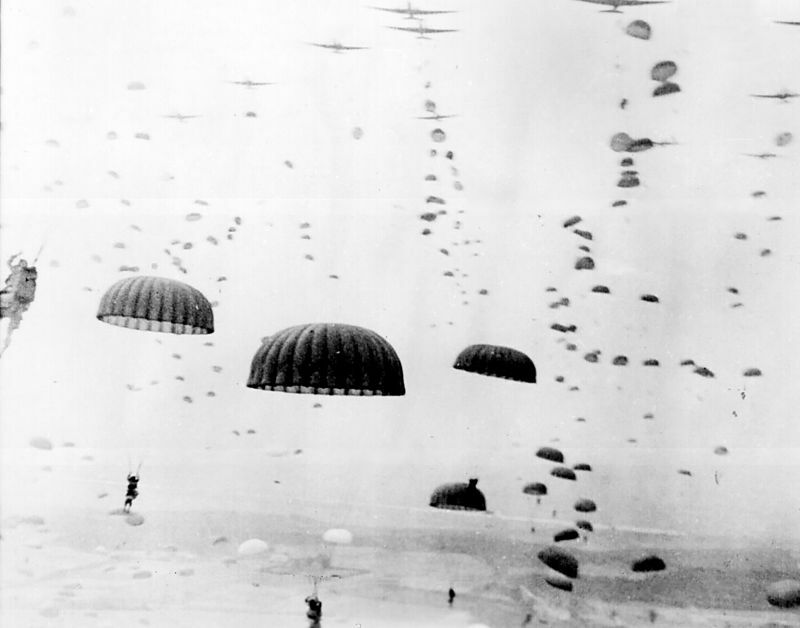
As anyone having watched the excellent movie “A Bridge too far” knows, things went wrong from the planning of the operation and the over-confident Allies only managed to drive, with great difficulties, two third of the way before being forced to a halt, dooming the British paratroopers still trapped in Arnhem.
German reaction
Besides bad planning and faulty intelligence analysis, Market Garden’s fate was also sealed by the Germans’ spirit of initiative.
After a short period of amazement, General Christiansen, German commander in the Netherlands quickly dispatched orders to counter the offensive: while II. SS-Panzerkorps was to divide its two divisions between the recapture of Arnhem’s bridge itself, and the defense of the highway against the spearhead of XXX. Corps ; territorial commands were to gather all available troops and form them into battlegroups assigned specific missions.
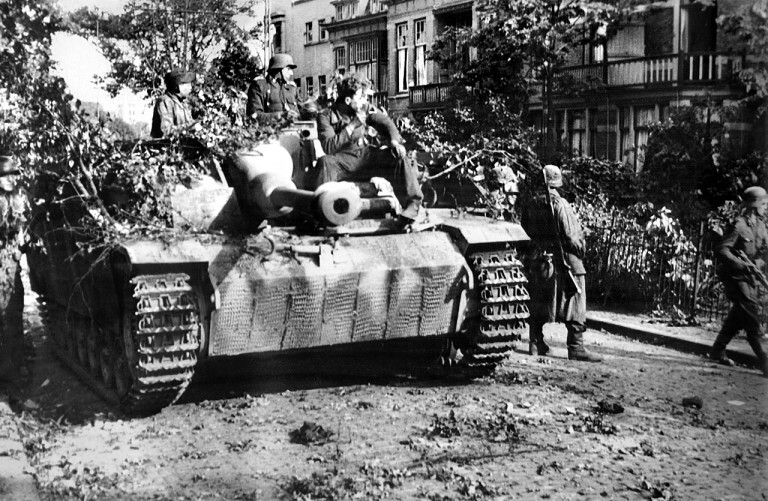
Kampfgruppe von Tettau
KG von Tettau is such provisional battlegroup created in emergency on September 17th, the very first day of the Allied airborne assault. It was named after its commander, Generalleutnant Hans von Tettau, head of operation & training in occupied Netherlands, and its mission was to attack the British landing zones West of Arnhem.
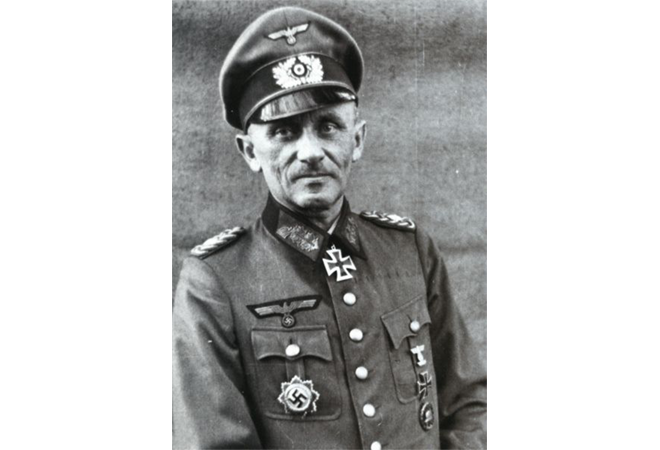
The troops under von Tettau’s command on the first days were a patchwork of what was available locally, a few elite units rubbing shoulders with a lot of the worst:

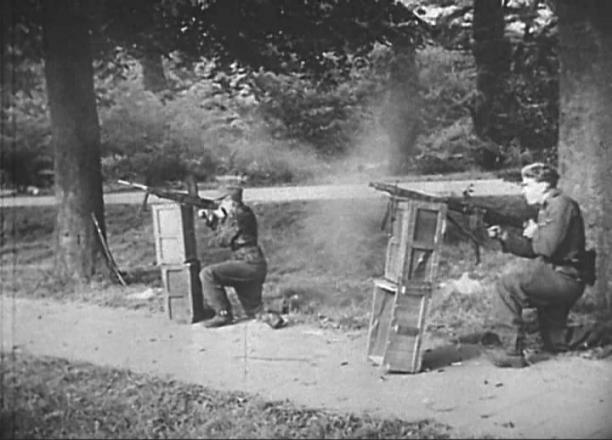
On the picture above, you can see one of the German soldiers firing at falling paratroopers with ... a Bren LMG!
Getting bigger
As the battle dragged out, KG von Tettau’s composition evolved a lot, depending on the reinforcements made available … or removed as KG Krafft. And as such, it will be a phase-locked battlegroup: while the original troops above will be immediately available, more will be added with each phase.
Over the next days, von Tettau was given command over many isolated or training units, in order to not only besiege but overrun the British landing zones.
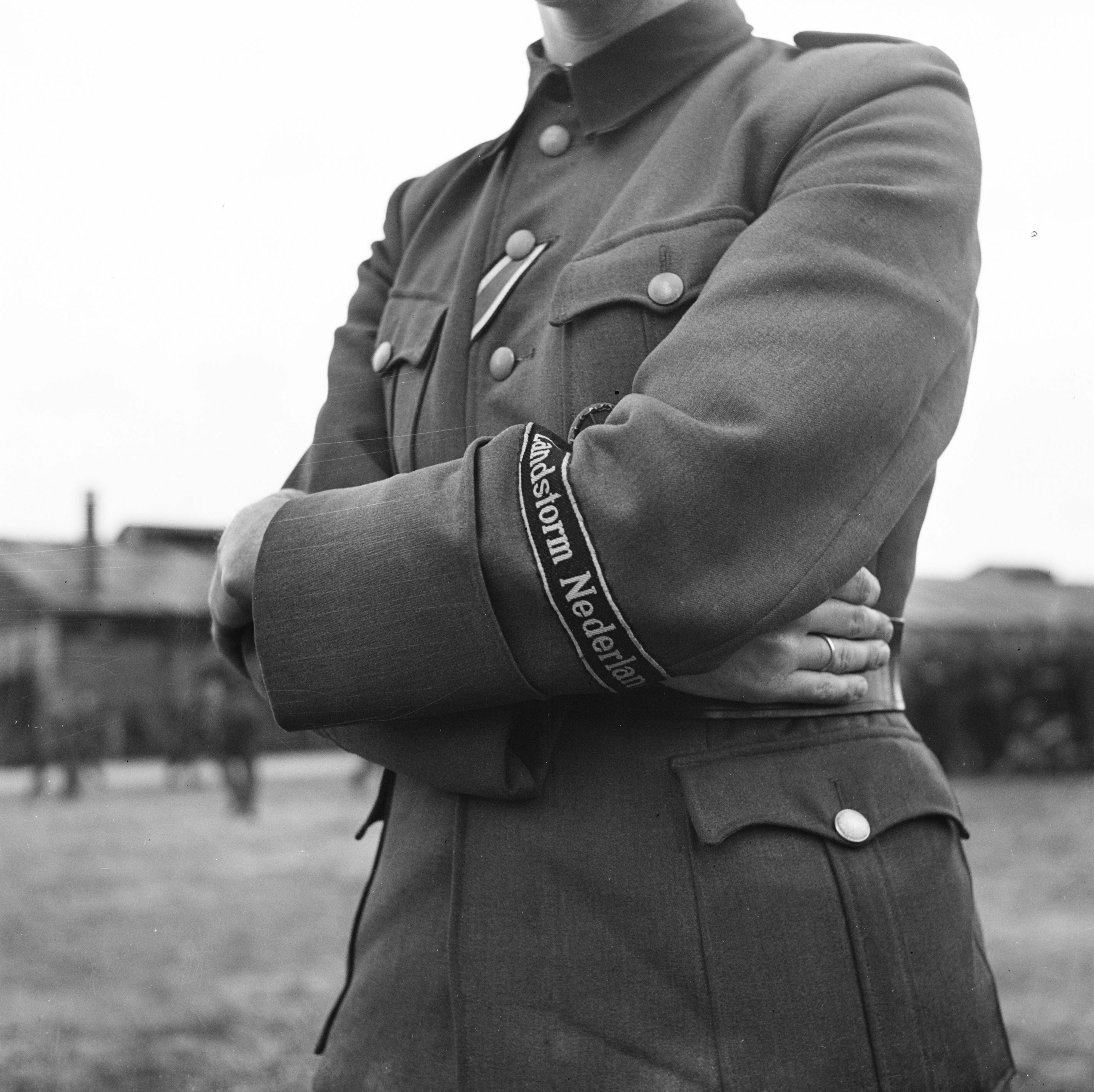
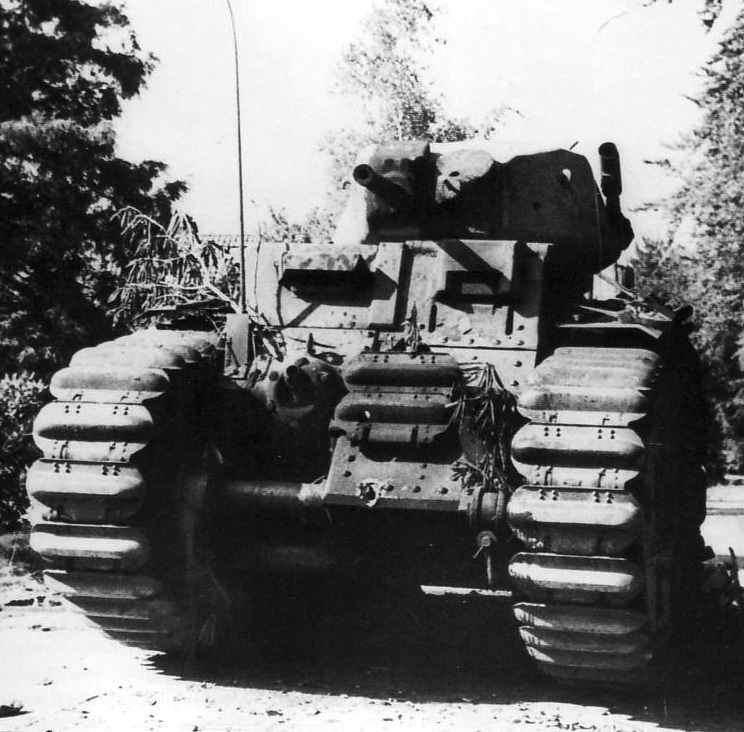
Finally, in the last days of the battle, KG von Tettau was tasked with crushing the remaining British paratroopers’ resistance in Oosterbeek from the West, while mechanized forces freed from the battle in Arnhem itself attacked from the East. Those included:
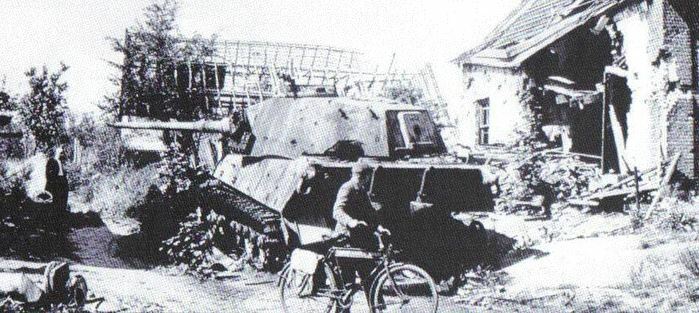
To sum up, KG von Tettau will be a Korük-like scratch-built battlegroup combining a few elite and a lot of second echelon troops, including Dutch-speaking ones, although this time phase-locked … and with Königstiger.
That’s it for the second Steel Division 2: Men of Steel Versus post. Let us know what you think!
Be sure to join the Steel Division 2 community on our Steam forums. The latest Steel Division 2 news can also be encountered on our Instagram.
Looking for an online game? Visit the Discord server or Reddit page and get involved with the lively Steel Division 2 community!
See you on the battlefield, commander.
This DevBlog was delayed by 24 hours due to the release of WARNO's latest milestone, but don't worry, we haven't forgotten you ...
Following on our previous Versus DevBlog from last week, we will focus today on two more new divisions from the upcoming Steel Division 2: Men of Steel expansion: the British 1st Special Service Brigade (or 1st SSB), a darling division to our SD:44 veterans, against the German-Dutch Kampfgruppe von Tettau.
Nemesis: Siege of Dunkirk's release
But first, some news from Nemesis: Siege of Dunkirk!
As you may be aware, a beta version was already being tested and streamed by the Strike Team for some times. The DLC is now complete, and a release date has been set for ... drum roll ... March 16th. That is Thursday next week!

You can already check its Steam page here:
https://store.steampowered.com/app/2155260/Steel_Division_2__Nemesis_6__Siege_of_Dunkirk
A new Steel Division 2 chapter
Before we continue, a little reminder about Steel Division 2: Men of Steel. The next major expansion will not focus on a specific theatre of war, but rather put the spotlight on a number of very interesting fighting formations from all across warring Europe.
Steel Division 2: Men of Steel will offer:
- 8 new divisions from 7 nations, including a brand-new minor nation.
- With units from 12 nations in total!
- New Aces.
- New Unit Traits, which will be made available to all existing Steel Division 2 divisions as well.
Today, we will detail the elite British 1st Special Service Brigade (1st SSB a.k.a. Commando Brigade), which landed on Sword Beach on D-Day, and the German-Dutch Kampfgruppe von Tettau, a scratch-built force which played a pivotal role in the failure of the British airborne assault on Arnhem during Operation Market Garden.
1st Special Force Brigade
Honor to the veterans ... and we are not just referring to the brigade's combat experience. Steel Division: Normandy '44's seasoned players will remember this battlegroup fondly, since it first appeared then!

Birth of the Commandos
While Operation Dynamo, the evacuation of the British army from the beaches of Dunkirk in 1940, was deemed a success, it saved the men but not their equipment. Consequently, Britain was left with barely no heavy weaponry and no way to return to continental Europe before long. Yet, in order to keep the Germans under pressure nonetheless, a new type of unit was created: the Commandos.
Born from the mind of spymaster Lt-Colonel Dudley Clarke (you know, that cross-dressing colonel recently depicted in Rogue Heroes, who also invented the SAS) and inspired by the Boer Kommandos, they were meant to bring the war in enemy territory and develop a "reign a terror" (according to Churchill himself!) by hitting fast and hard "then run to fight another day".

By the end of 1940, about 2.000 men had been recruited from every branch of the British armed forces as well as foreign volunteers, by ruthlessly screening them and keeping only the fittest and most motivated. For the next two years, they would lead daring raids all along continental Europe's coasts, especially Norway and France, culminating with Operation Chariot.

But so successful were they that the Germans started reinforcing every inch of the Atlantic Wall, which was counter-productive when the planning of Operation Overlord had already started. Therefore, the commando raids stopped and the men were regrouped into an assault brigade, 1st SSB, with the intention of using them as shock troops in the upcoming landing in France.
D-Day …
On June 6th, 1944, D-Day, the Commando Brigade (as the men called themselves, hating the "SS" moniker attached to "Special Service") was to land on Sword Beach with the second assault wave. Leaving the 3rd Infantry Division to deal with the Germans there, its mission was to immediately secure Ouistreham, on the extreme left of the invasion force.

From there, it was to breach out of the beachhead in order to link up with and reinforce Major Howard's small force at Pegasus Bridge. Which it did, two minutes behind schedules, a delay for which the commando leader, Lord Lovat, duly apologized!
1st SSB was composed of the British 3, 4 & 6 Commando, Royal Marines 45 Commando and the French half of the 10 Inter-Allied Commando. Each commando will be represented ingame by a specific unit with its singularities. Small in size, the brigade was supported by a battery of Royal Marines' Centaurs as well as elements from 13/18th Hussars (Sherman DD & Stuart) & 80th Anti-Aircraft Brigade (SP, medium & heavy AA) which landed with the assault elements to secure the beach.

… and beyond
For the next three months after D-Day, 1st SSB will fight alongside the 6th Airborne Division on the left flank of the Allies’ front in Normandy.

Pulled back in England to replenish its losses and retrain, it was sent back to the continent after the Battle of the Bulge, leading the way for British forces in several river assault crossings.

The German capitulation found the (now officially renamed) 1st Commando Brigade in Lauenburg … beyond the Elbe River which was supposed to be the separation line between Western & Soviet forces in Germany.
Kampfgruppe von Tettau
Market Garden
KG von Tettau's history is inextricably linked to Operation Market Garden. Launched on September 17th, 1944, this major Allied operation involved the air drop of two American & one British airborne divisions over the Netherlands, while an armored column attacked from the ground.
The airborne troops were tasked with capturing and holding various bridges over the many Dutch rivers & canals until joined by the mechanized forces, paving the way for a lightning armored strike up to the Rhine at Arnhem.

As anyone having watched the excellent movie “A Bridge too far” knows, things went wrong from the planning of the operation and the over-confident Allies only managed to drive, with great difficulties, two third of the way before being forced to a halt, dooming the British paratroopers still trapped in Arnhem.
German reaction
Besides bad planning and faulty intelligence analysis, Market Garden’s fate was also sealed by the Germans’ spirit of initiative.
After a short period of amazement, General Christiansen, German commander in the Netherlands quickly dispatched orders to counter the offensive: while II. SS-Panzerkorps was to divide its two divisions between the recapture of Arnhem’s bridge itself, and the defense of the highway against the spearhead of XXX. Corps ; territorial commands were to gather all available troops and form them into battlegroups assigned specific missions.

Kampfgruppe von Tettau
KG von Tettau is such provisional battlegroup created in emergency on September 17th, the very first day of the Allied airborne assault. It was named after its commander, Generalleutnant Hans von Tettau, head of operation & training in occupied Netherlands, and its mission was to attack the British landing zones West of Arnhem.

The troops under von Tettau’s command on the first days were a patchwork of what was available locally, a few elite units rubbing shoulders with a lot of the worst:
- The best came from SS-Unterführer-Schule Arnheim, forming a small battalion of SS-Junker (SS NCO cadets), all men being young, motivated and with at least one year’s fighting on the Russian front under their belt. The cadre was of an even better quality. The school lacked heavy equipment, but had access to a lot of various infantry weapons for training purpose.

- KG Krafft also included several SS training units, but still merely recruits. It was only assigned to von Tettau on the first day, being reassigned the next morning, but played a pivotal role in preventing most of the British first wave (but Lieutenant-Colonel Frost’s 2nd Para Battailon) from securing the Arnhem bridge by coup de main.
- Finally, the third major component was SS-Wach-Bataillon 3, regrouping concentration camps’ guards: those Dutch & Soviet auxiliaries barely had any combat training, were equipped with British leftovers from the Dunkirk evacuation of 1940 (Lee Enfield, Bren, …) and had no will to fight.

On the picture above, you can see one of the German soldiers firing at falling paratroopers with ... a Bren LMG!
Getting bigger
As the battle dragged out, KG von Tettau’s composition evolved a lot, depending on the reinforcements made available … or removed as KG Krafft. And as such, it will be a phase-locked battlegroup: while the original troops above will be immediately available, more will be added with each phase.
Over the next days, von Tettau was given command over many isolated or training units, in order to not only besiege but overrun the British landing zones.
- artillerymen/clerks-turned-infantrymen, … regrouped collectively as Ersatztruppen
- Dutch collaborationists known as the SS-Landstorm

- naval personnel retreating from evacuated Channel harbors, and regrouped into Kriegsmarine units.
- some armors from Panzer-Abteilung 224 and elements from Panzerjäger-Abteilung 657, in the form of R35, Somua & B1 bis tanks, most of the latter being converted to flamethrower tanks.

Finally, in the last days of the battle, KG von Tettau was tasked with crushing the remaining British paratroopers’ resistance in Oosterbeek from the West, while mechanized forces freed from the battle in Arnhem itself attacked from the East. Those included:
- one infantry battalion from “Hermann Göring” Panzerdivision’s training school.
- elements from s.Panzer Abteilung 506, meaning … Königstiger!

To sum up, KG von Tettau will be a Korük-like scratch-built battlegroup combining a few elite and a lot of second echelon troops, including Dutch-speaking ones, although this time phase-locked … and with Königstiger.
See you on the battlefield
That’s it for the second Steel Division 2: Men of Steel Versus post. Let us know what you think!
Be sure to join the Steel Division 2 community on our Steam forums. The latest Steel Division 2 news can also be encountered on our Instagram.
Looking for an online game? Visit the Discord server or Reddit page and get involved with the lively Steel Division 2 community!
See you on the battlefield, commander.




